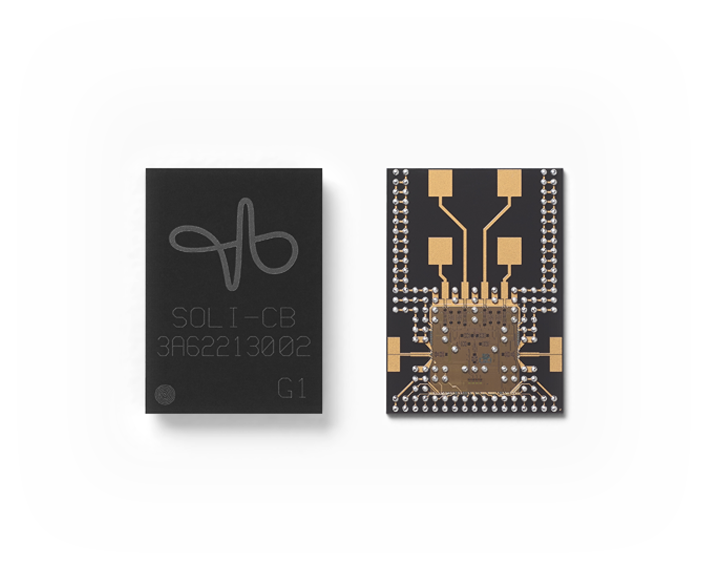Google IO each year is a time of wonder, new products and the occasional bit of vaporware. Where’s the chain link fence AI removal feature in Google Photos Google??
Some of you may remember Project Soli was announced at IO 2015, offering the promise of gesture control of our digital toys.
Check out the brief intro video to Soli if you’re not familiar.
Why did Project Soli seemingly stall for a while?
Since then we’ve seen some dev kits released and little else happen in the Soli space. It turns out that may be because Google had to apply for an exemption from the FCC waiving the typical restrictions on radio frequency emitting devices.
Long story short, for Soli to actually work it couldn’t comply with the existing standards. Google found that user inputs were being missed at the lower (and compliant) energy levels.
Following an application in March last year the FCC grated the waver on December 31st 2018 paving the way for Google’ Advanced Technology and Projects lab to move forward with Project Soli. Google had to revise their original request by reducing the power settings from their ideal level, following concerns raised by interested parties including Facebook.
Project Soli can continue now with the FCC waiver
What does this mean? Hopefully that Google has real intentions of integrating gesture controls into products. Interestingly Google also sought exemption to restrictions on using the device on an airplane, this further supports the idea that Google is serious about making Soli a reality and getting it out of the lab and into the real world.
Touch-less interaction would bring an entirely new way of interacting with our devices, from a simple waving of your hand over an e-reader to change the page to in depth 3d mapping for minute control of who knows what, Soli could unleash and entirely new and intuitive user interaction model.
The opportunities are almost boundless and I’m more than a little excited at the idea of waving my hand like a Jedi and seemingly controlling a device with my mind! I’m also more than a little apprehensive about learning different UI models for various device manufactures, but let’s worry about that if the tech starts rolling out!





Remember LeapMotion? That was even integrated into some laptops but there was no compelling commodity use case for it.
One of Google’s most famous failures was its Google Glass smart glasses. Gone to the dustbin of history. The only thing for sure is they’ll be back. With gestures.
While I’d agree that the consumer version of Glass wasn’t a success, glass for enterprise has enjoyed relative success and is still available. But yes the consumer version did not do well